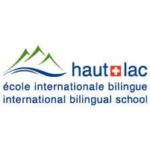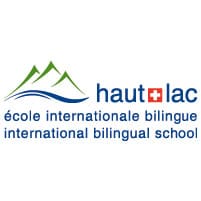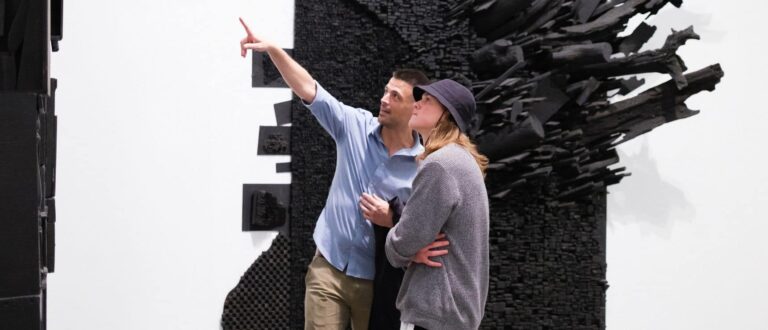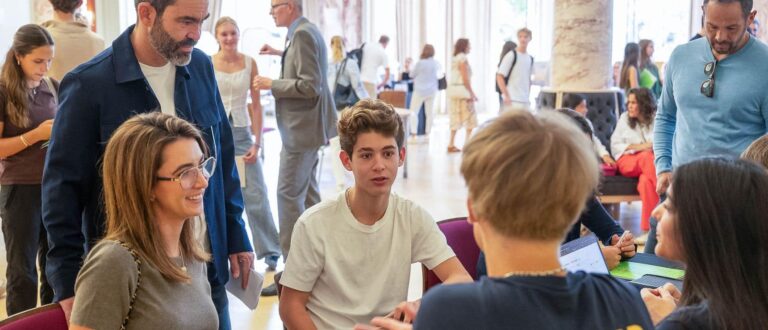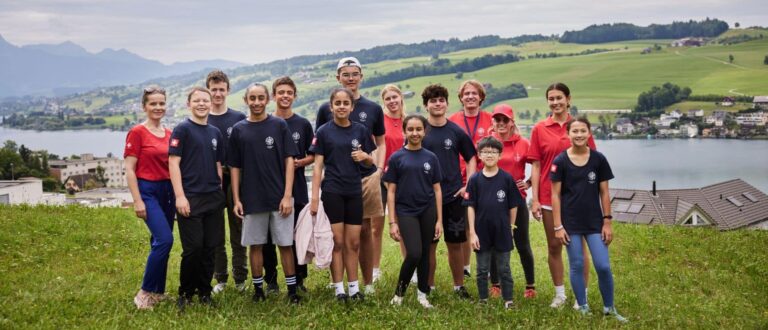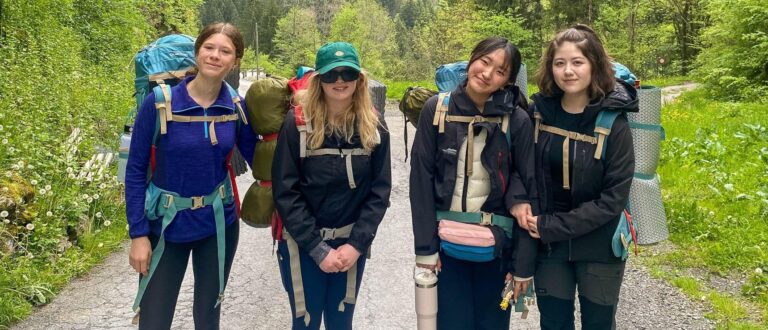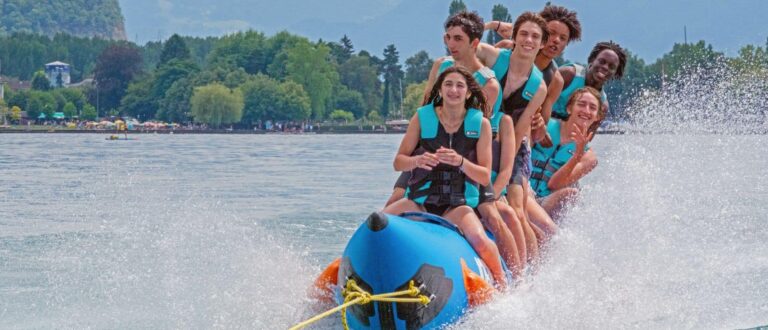Exploring Common Myths About Bilingualism
At Haut-Lac International Bilingual School, we often encounter misconceptions about bilingualism. One particularly notable experience occurred during a university translation class, where the teacher asked bilingual students to raise their hands. Having been educated at Haut-Lac, I raised my hand, fluent in both English and French, and learning Italian at the time. The teacher then claimed that true bilingualism is only achieved when one can perform at an equal level in both languages, a view that is far from accurate.
This assumption is just one of many myths surrounding bilingualism. Let’s address some of the most common ones:
1. Absolute Mastery: The Only Way to Be Truly Bilingual?
Expecting complete mastery in both languages is an unrealistic standard. Similar to how an author might avoid writing a book out of fear it won’t be a bestseller, or how a scientist might not complete an experiment if it doesn’t guarantee a Nobel Prize, pushing for perfection can be a barrier. It can discourage learners and undermine their progress.
In reality, only around 20% of bilingual individuals are truly “equally” comfortable in both languages. Instead, real bilingualism is about the ability to switch between languages and adapt them to specific situations. Students who can confidently navigate both languages, depending on the context, are the true bilinguals.
2. The Age Factor: Must a Second Language Be Learned Early?
At Haut-Lac, we encourage students to begin their bilingual journey at a young age, as it provides more time to adapt to the process of switching between languages. However, older students and adults can also achieve bilingualism, provided they are exposed to high-quality teaching methods and ample opportunities to practice the language. It is not solely the age at which you start learning a language, but the approach to learning that determines success.
Our bilingual programme, which includes alternating day systems in the primary years and subject-specific lessons in multiple languages at the secondary level, supports students in this journey.
3. Mastering One Language Before Learning Another
Some believe that students should master one language before learning a second, but this notion doesn’t hold up. Even as native speakers, we continue to develop and refine our language skills throughout our lives. Moreover, learning a second language can deepen our understanding of the first one. For example, while studying Italian, I began to recognise similarities in grammar between French and Italian, such as the use of the subjunctive, helping me better grasp its importance in French.
4. Bilingualism: A Helpful Yet Unnecessary Skill?
In today’s globalised world, bilingualism is more valuable than ever. But beyond its practical advantages, bilingual education fosters curiosity and critical thinking. Students exposed to multiple languages can explore different perspectives on a subject, depending on the language of instruction. This diversity enriches their learning experience and broadens their understanding of the world.
Additionally, bilingualism promotes dynamic learning by offering different methods and approaches in each language. Students thus gain a more versatile toolkit when tackling academic challenges.
Embrace Your Bilingual Journey
If anyone tells you that you haven’t succeeded in becoming bilingual because you don’t perform identically in both languages, don’t be discouraged. True bilingualism is about flexibility, adaptation, and the ability to switch between languages depending on the situation. Keep nurturing your language skills, you’re on the right track!
